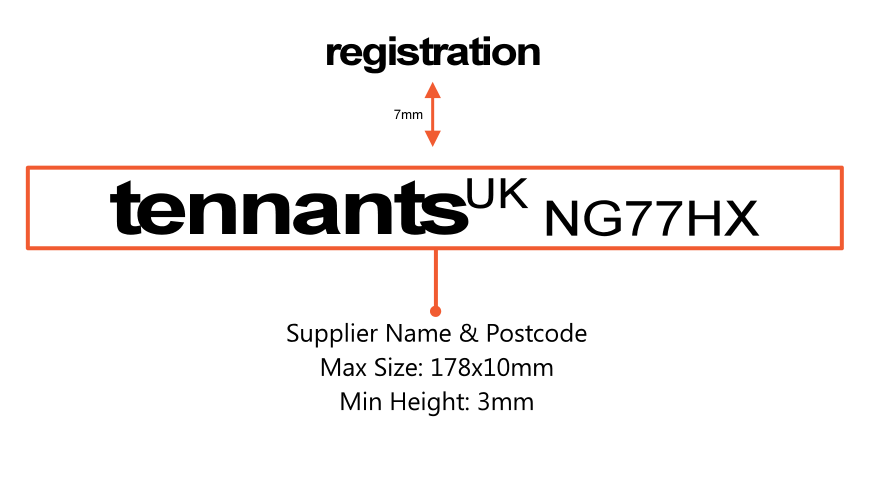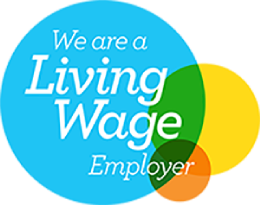This Knowledge Base article provides number plate suppliers with information on the Supplier Identifier. Including information on what it needs to show, where it should be placed and what size it should be. So that you only produce legal number plates.
Supplier Identifier & Bottom Line
To be standards compliant, each number plate must show who made or supplied it. And by law this information needs to be shown on every plate. In fact, this is one of the three main elements a number plate needs to be road-legal. In the industry, the identifier is also known as the tag-line & bottom line. Either an image or text can be used for the bottom line.
Who Made the Number Plate
First off, every number plate needs to clearly state who supplied it to the customer. If it’s to comply with regulations, it has to display the makers DVLA registered name. Alongside the postcode for the location where it was made. After all, number plates are a legally enforced item and authorities may need to check with the plate maker.
Where is it Placed
It should be placed at least 7mm below the registration and towards the centre-bottom of the number plate. This way it doesn’t interfere with the registrations readability. And the consistent placement makes it easy to find. At least if you’re using our plate builder, the software will automatically position it for you.
What Size Should it Be
 The British Standard BSAU145e tweaked the supplier identifier rules to make it easier to read. So now it must be a single solid colour and be at least 3mm high, but no more than 10mm. Moreover, any font can be used as long as it is readable. Altogether the supplier identifier must keep to a maximum size of 178x10mm.
The British Standard BSAU145e tweaked the supplier identifier rules to make it easier to read. So now it must be a single solid colour and be at least 3mm high, but no more than 10mm. Moreover, any font can be used as long as it is readable. Altogether the supplier identifier must keep to a maximum size of 178x10mm.
Further Information
This is a bite-sized number plate article on the Supplier Identifier. If you want more detailed information on legality, check out the DVLA or BNMA Website. For customers questions on your plate production setup, just contact our sales or customer services team.

